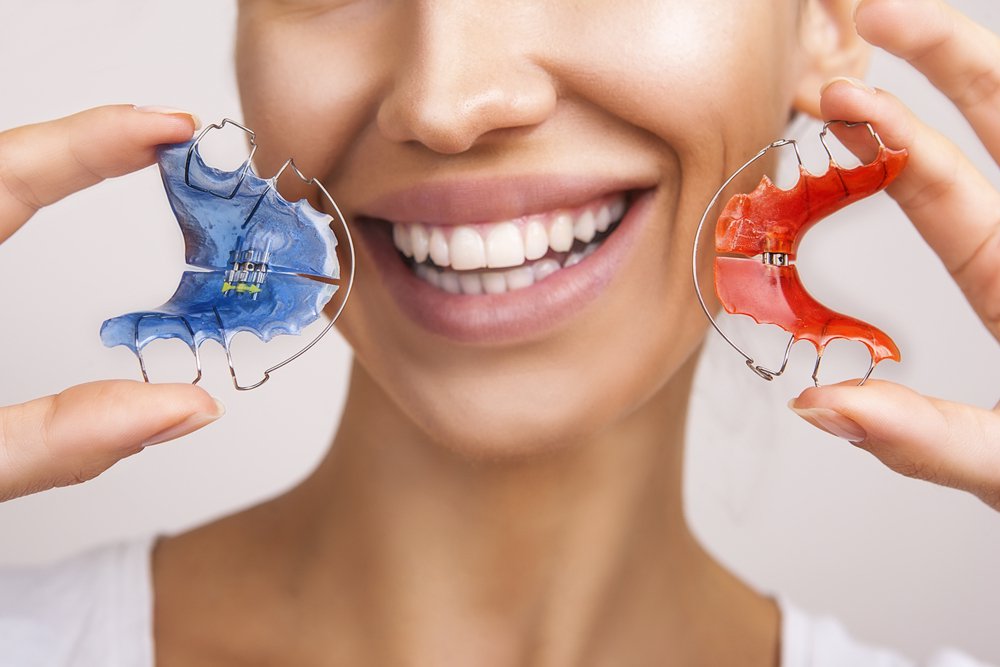Johnson Orthodontics Fundamentals Explained
Table of ContentsJohnson Orthodontics Fundamentals ExplainedThe 15-Second Trick For Johnson OrthodonticsThe Johnson Orthodontics IdeasThe Ultimate Guide To Johnson Orthodontics4 Easy Facts About Johnson Orthodontics ShownJohnson Orthodontics Fundamentals ExplainedThe Main Principles Of Johnson Orthodontics
An orthodontist is a dental professional trained to diagnose, stop, and deal with teeth and jaw abnormalities. Orthodontists work with people of all ages, from kids to adults.All orthodontists are dental professionals, yet not all dental experts are orthodontists. Orthodontic residency programs provide extensive, focused instruction for oral professionals. They concentrate on two locations: How to appropriately and safely move teeth Just how to correctly direct development in the teeth, jaw, and faceOnce an orthodontist has completed training, they have the choice to become board accredited (https://hubpages.com/@johnsonortho).
Johnson Orthodontics Fundamentals Explained
Misalignment, or malocclusion, is the most common factor individuals see an orthodontist. It is genetic and is the outcome of dimension differences in between the upper and lower jaw or in between the jaw and teeth. Malocclusion leads to tooth overcrowding, an askew jaw, or uneven bite patterns. Malocclusion is normally treated with: Your orthodontist connects metal, ceramic, or plastic square bonds to your teeth.
Some individuals need a headgear to help move teeth right into line with pressure from outside the mouth. A retainer is a custom tool that maintains your teeth in place.

They're most often used on kids. They can produce additional room in the mouth without having to pull teeth. If you have a severe underbite or overbite, you might need orthognathic surgery (also called orthodontic surgical procedure) to extend or reduce your jaw. Orthodontists make use of wires, surgical screws, or plates to sustain your jaw bone.
Some Known Facts About Johnson Orthodontics.
Throughout your initial orthodontic appointment, you'll likely have: An oral examPhotos taken of your face and smileDental X-raysPanoramic (360 degree) X-rays of your face and headImpressions to produce mold and mildews of your teethThese examinations will certainly help your orthodontist understand how to wage your therapy. An orthodontist is a dentist that's had training to treat your teeth and jaw.
An orthodontist is focused on your bite, so something like a cracked tooth would be handled by a dental expert. Orthodontists are focused on your bite, or the method your teeth fit together, and the straightness of your teeth.
Ever wondered how celebrities always appear to have flawlessly lined up teeth? Orthodontists are dental specialists who focus on dealing with abnormalities in the teeth and jaws.
Some Known Questions About Johnson Orthodontics.

These removable trays are customized to progressively shift the teeth's position. In situations of narrow jaws, palatal expanders can be made use of to develop area for appropriate tooth positioning.
Johnson Orthodontics Can Be Fun For Everyone
While achieving a beautiful smile is an all-natural perk of orthodontic treatment, the benefits extend much beyond visual appeals. Effectively straightened teeth and a balanced bite contribute to boosted dental health in several methods: Straight teeth are less complicated to clean up, which aids prevent dental caries and gum condition. An appropriate bite permits reliable chewing, which helps in digestion and overall digestive tract health.
What is the difference between a dentist and an orthodontist? All dentists, consisting of orthodontists, deal with the teeth, gum tissues, jaw image source and nerves.
You can believe of both physicians who treat gum tissue and teeth issues. The main difference is that becoming an orthodontist requires a particular specialized in dealing with the misalignment of the teeth and jaw.
Everything about Johnson Orthodontics
An orthodontist is a dental professional that has undergone training to specialize in the diagnosis, prevention and therapy of abnormalities in the jaw and teeth. They can also determine prospective issues in teeth positioning that may establish when problems are left untreated.
This includes all the essential education to come to be a general dental practitioner. According to the American Pupil Dental Organization (ASDA), it means you will certainly require to have either a Physician of Medicine in Dental Care (DMD) or a Doctor of Dental Surgical Procedure (DDS). In other words, orthodontists need to finish oral school and afterwards obtain an orthodontics specialty education and learning.
The 8-Second Trick For Johnson Orthodontics

Various other than the orthodontist, we frequently see assistants working with these dental experts in their centers. What is an orthodontist aide called?